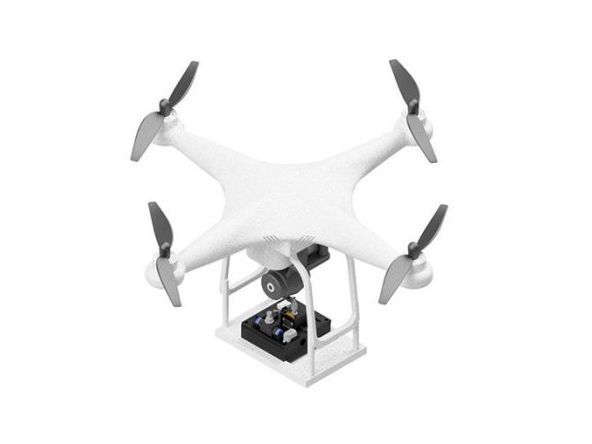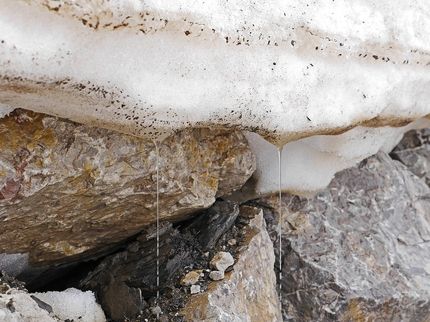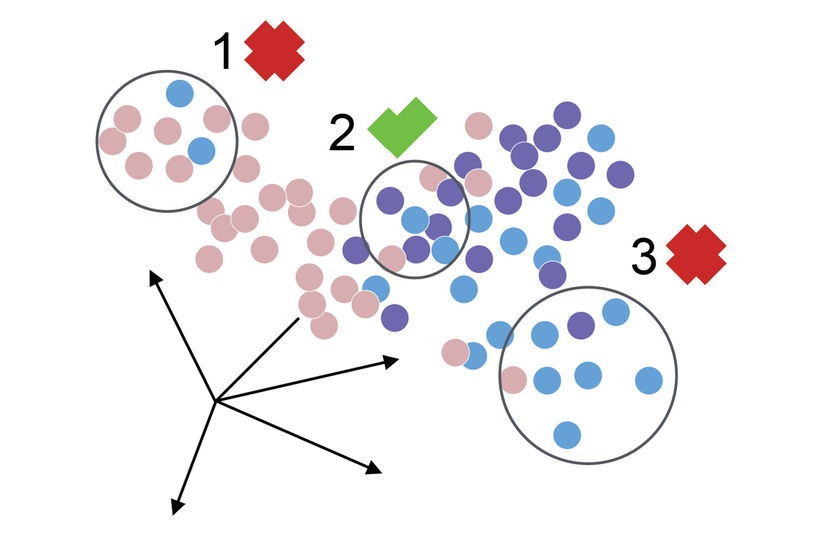‘Lab-on-a-drone’ sends science skyward to keep track of smelly air pollution
A low-cost 3D printed analytical IoT platform for vertical monitoring of gaseous hydrogen sulphide
Polluted air can contribute to the development of asthma and other conditions, and the first step toward combating its effects is continuous, accurate monitoring. Most measurement devices are stationary, placed just feet above the ground, but contaminants can drift away. Now, researchers publishing in ACS’ Analytical Chemistry have developed a “lab-on-a-drone” system that, unlike similar gadgets, can detect and analyze levels of pollutants, such as smelly hydrogen sulfide gas, all while still floating in mid-air.

This modified quadcopter drone can detect and analyze hydrogen sulfide gas while in the air.
Adapted from Analytical Chemistry, 2023, DOI: 10.1021/acs.analchem.3c02719
Hydrogen sulfide (H2S) is one of the stinkiest air pollutants, well known for its putrid, rotten-egg odor. Though it’s naturally found in well water and volcanic emissions, it’s also a common byproduct of petroleum refineries and wastewater treatment plants. The gas is an irritant, and in high enough amounts, it can be toxic. Most methods to quantify H2S and other pollutants rely on ground-based instruments, and expensive devices such as satellites are required to collect measurements at higher altitudes. Unmanned drones have been used by researchers to gather samples in mid-air, but analyses still had to be performed on the ground with traditional instruments. So, João Flávio da Silveira Petruci and colleagues wanted to create an inexpensive “lab-on-a-drone” that could sample and analyze H2S gas while in the air and report the results in real time — a first for devices of its kind.
Using a 3D printer, the team manufactured a custom device that was mounted to the bottom of a commercially available quadcopter drone. It took advantage of a unique chemical reaction between H2S and a green-glowing fluorescein mercuric acetate molecule. When excited by an onboard blue LED light, the interaction caused a decrease in the green fluorescence intensity, which was detected and quantified. This reaction is highly selective and was not affected by other, interfering gaseous air pollutants.
The team took their drone to a wastewater treatment plant, where it sampled air on the ground, then at around 30 and 65 feet in the air at three different times throughout the day. The detection device transmitted its results via Bluetooth to a smartphone, allowing for real-time monitoring. In the evening, there was a clear increase in H2S concentration as the drone increased altitude, though it never exceeded the acceptable ambient level. The researchers say that this system could be adapted to detect other pollutants in the future.
Original publication
Most read news
Original publication
Vanderli Garcia Leal, Habdias A. Silva-Neto, Sidnei Gonçalves da Silva, Wendell Karlos Tomazelli Coltro, João Flávio da Silveira Petruci; "AirQuality Lab-on-a-Drone: A Low-Cost 3D-Printed Analytical IoT Platform for Vertical Monitoring of Gaseous H2S"; Analytical Chemistry, 2023-9-6
Topics
Organizations
Other news from the department science

Get the analytics and lab tech industry in your inbox
By submitting this form you agree that LUMITOS AG will send you the newsletter(s) selected above by email. Your data will not be passed on to third parties. Your data will be stored and processed in accordance with our data protection regulations. LUMITOS may contact you by email for the purpose of advertising or market and opinion surveys. You can revoke your consent at any time without giving reasons to LUMITOS AG, Ernst-Augustin-Str. 2, 12489 Berlin, Germany or by e-mail at revoke@lumitos.com with effect for the future. In addition, each email contains a link to unsubscribe from the corresponding newsletter.























































